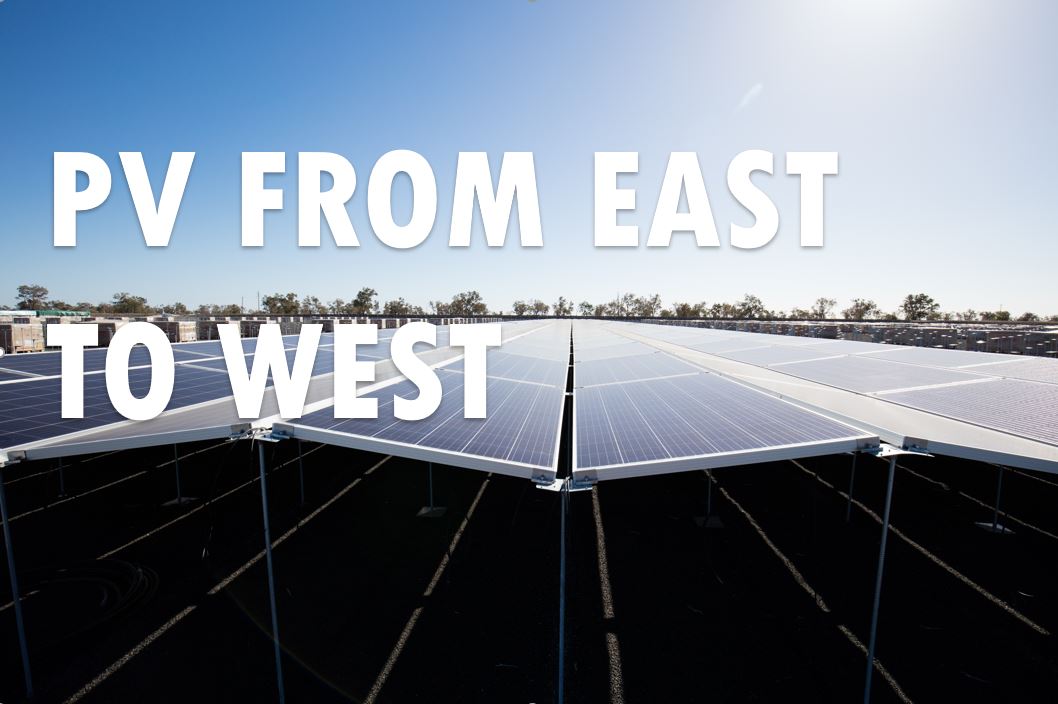From the October edition of pv magazine
The situation facing Synergy – which is a vertically integrated utility and has a monopoly in the provision of power to residential consumers – will not be resolved easily. It seems that the value of its assets and business will only decline over time. And rooftop solar in the state is only set to expand, says Perth-based energy futurist Ray Wills, from Future Smart Strategies.
“Putting aside the asset loss, losing revenue from the addition of solar on rooftops is not sustainable for Synergy,” says Wills. “But ironically, putting solar on rooftops is sustainable for everybody else.”
Wills reports there are around 300,000 solar homes in Western Australia, for a cumulative capacity of almost 1.15 GW. Current installation rates are around 60-70,000 homes a year. Given this, it’s clear that Synergy will continue to see an erosion of its revenues – particularly as the state government can dictate price increases passed onto consumers.
But it is the state-owned nature of Western Australia’s electricity grid, generation and retail provision that has allowed it to pursue more progressive programs. Grid operator Western Power has taken a growing number of remote, rural communities off the grid by deploying standalone solar+storage. Wills believes this trend will only continue and that Western Power may “shed” as much of 40% of its grid as the cost of providing standalone solar and battery systems falls. Or it may turn to microgrids if they are far below what it costs to sustain long, skinny parts of the state electricity network.
Further afield in Western Australia – a vast state in terms of distance – state-owned Horizon Power is deploying ambitious programs involving heavily renewable microgrids, virtual power plants (VPPs) with distributed storage, and high solar feed-in tariffs in remote areas.
“Horizon Power has been increasingly improving on its performance on the adoption of renewables… and that will continue to happen and accelerate into the future,” says Wills.
On the large-scale solar front, Synergy is currently expanding its Greenough River project from 10 MW to 40 MW. It is also developing the 180 MW Warradarge Wind Farm through its Bright Energy Investments venture.
Private-sector developers are also pursuing large-scale solar in Western Australia. Sun Brilliance is pushing forward with its 128 MW Cunderdin Solar Farm and Risen Energy has announced that it has begun work on its 132 MW Meredin Solar Farm. Beyond this, Wills sees limited opportunity for large-scale solar in the state, with the exception of industries that may have big rooftops or land adjacent to their facilities on a self-consumption basis.
The state government has formed an Energy Transformation Taskforce to plot out a future for the state’s electricity supply. It is chaired by Stephen Edwell, who has experience with electricity regulatory reform, and will report to government in mid-2020. After that, Energy Minister Bill Johnston will have only six months to implement recommendations before the government swings into election mode.
ACT shines
The Australian Capital Territory (ACT) is the jewel in the crown of Australian renewables, although some of its temporary residents, in the form of reactionary conservative politicians, are likely villains. As of Oct. 1, the ACT achieved net 100% renewable status. “This is a huge achievement in consolidating the ACT’s reputation as Australia’s renewable energy capital and is a significant milestone in achieving our ultimate goal of zero net emissions by 2045,” ACT Minister for Climate Change and Sustainability Shane Rattenbury said.
To achieve its 100% renewable goal, the ACT government has implemented a number of progressive policies and mechanisms – including its reverse auction scheme, which has paved the way for 640 MW of wind and solar across 10 large-scale projects – while leveraging more than AUD 2 billion ($1.3 billion) of investment around Australia, and more than AUD 500 million in the ACT.
The Hornsdale 3 wind farm is the last of its 10 large-scale renewable energy generators that are spread across the country and are helping to make the ACT the first major jurisdiction with a population of more than 100,000 outside Europe, and just the eighth globally, to complete the transition away from a fossil-fuel based energy supply. And on the smaller side of things, the ACT has also launched a new round of grants to incentivize residential battery storage. The subsidy rate is AUD 825/kWh of storage, with an AUD 4,000 cap. The ACT targets 5,000 battery installations for a capacity of 36 MW.
“In Canberra we now have over 5 MW of ‘smart’ battery storage supported under the program,” said Rattenbury. “This equates to just over 1,200 batteries sold across the ACT, which can be used to support the electricity grid and help reduce Canberra’s vulnerability to peak energy demand shocks.
This content is protected by copyright and may not be reused. If you want to cooperate with us and would like to reuse some of our content, please contact: editors@pv-magazine.com.










1 comment
By submitting this form you agree to pv magazine using your data for the purposes of publishing your comment.
Your personal data will only be disclosed or otherwise transmitted to third parties for the purposes of spam filtering or if this is necessary for technical maintenance of the website. Any other transfer to third parties will not take place unless this is justified on the basis of applicable data protection regulations or if pv magazine is legally obliged to do so.
You may revoke this consent at any time with effect for the future, in which case your personal data will be deleted immediately. Otherwise, your data will be deleted if pv magazine has processed your request or the purpose of data storage is fulfilled.
Further information on data privacy can be found in our Data Protection Policy.